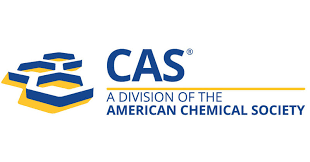Antibiotic Susceptibility Profiling of Methicillin-Resistant Staphylococcus aureus (MRSA) with Special Reference to Alternative Therapeutic Agents in atertiary care centre in Telangana
Keywords:
MRSA, antibiotic resistance, vancomycin, linezolid, tigecycline, quinupristin-dalfopristin, MIC, cefoxitin, D-test..Abstract
Background: Methicillin-resistant Staphylococcus aureus (MRSA) is a significant
pathogen associated with hospital and community-acquired infections. It poses a
major threat due to its resistance to multiple antibiotics, including β-lactams. Though
vancomycin remains a cornerstone treatment, the emergence of intermediate and
resistant strains necessitates exploration of alternative therapeutic agents such as
linezolid, tigecycline, and quinupristin-dalfopristin. Objectives: Assess antibiotic
susceptibility of MRSA, including alternative agents, vancomycin MIC, and
mupirocin resistance. Methods: A prospective study was conducted over a 12-month
period in the microbiology laboratory of a tertiary care hospital. A total of 304
Staphylococcus aureus isolates were obtained from clinical samples. Identification
was done using conventional biochemical tests. MRSA was detected using the
cefoxitin disc diffusion method. Susceptibility testing was performed using KirbyBauer disc diffusion for linezolid, tigecycline, and quinupristin-dalfopristin.
Minimum inhibitory concentration (MIC) for vancomycin was assessed using E-test.
Detection of inducible clindamycin resistance was done by the D-test. Results: Of
304 S. aureus isolates, 114 (37.5%) were MRSA. Most isolates were from pus
(78.94%), followed by blood (12.28%). A male predominance was observed
(71.92%). The most affected age group was 40–49 years. All MRSA isolates were
sensitive to linezolid and tigecycline. Quinupristin-dalfopristin showed 93.86%
sensitivity. MIC values for vancomycin ranged from 0.5 to 16 µg/mL; 5 isolates were
VRSA. D-test was positive in 13 isolates (11.4%). Conclusion: Linezolid and
tigecycline demonstrated excellent efficacy against MRSA. Vancomycin remains
effective, though MIC creep and emergence of VRSA are concerning. Routine
susceptibility testing and rational antibiotic use are essential to prevent resistance.
.png)









